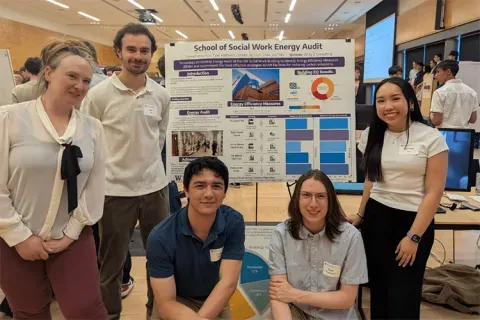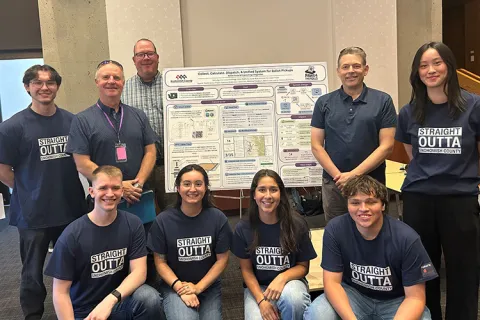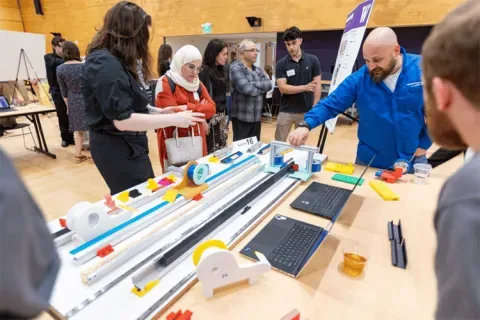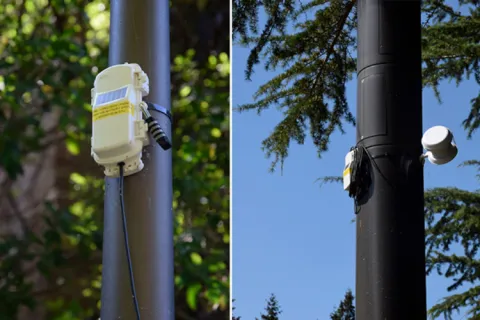PACCAR
E-Truck Electrical Architecture
The electrification of trucks introduces many interesting architectural questions. For instance, the peak and operating voltage will need to consider available drive-line, battery and power electronics components. Meanwhile, this student team will work to consider the efficiency implications and conduct trade studies. In this project the student team will work to design a preliminary electrical architecture with the help of industry-standard tools and computer simulation. As a necessary first step in this design process, the student team will work to study and understand the electrical architecture of the original diesel truck. This student team will work to model Electrical Architecture to provide a software/hardware-in-the-loop optimization capability. This student team will work to complete the initial architecture definition and documentation (this is required). Outcomes this student team will work to achieve include: 1)A schematic of the electrical architecture of the original truck, 2) A schematic of the modified architecture for E-truck with all relevant parameters, 3) Supporting documentation: component selection, design assumptions, simulation results, design requirements/specifications, safety, and discussion and limitations of the chosen design.
Faculty Adviser(s)
Sep Makhsous, Electrical & Computer Engineering
Per Reinhall, Mechanical Engineering
Related News

Mon, 10/13/2025 | UW Mechanical Engineering
Capstone collaboration leads to award
An ME capstone team received first place for its energy audit of the UW School of Social Work building.

Thu, 07/17/2025
UW engineering students develop smart ballot solution
UW engineering students develop smart technology solution to improve ballot collection for Snohomish County.

Mon, 07/07/2025 | UW Mechanical Engineering
Capstone creations
Students displayed innovative capstone design projects at the 2025 expo.

Fri, 09/20/2024 | UW Civil & Environmental Engineering
Smarter irrigation for a greener UW
A new project combines satellite data with ground sensors to conserve water and create a more sustainable campus environment.